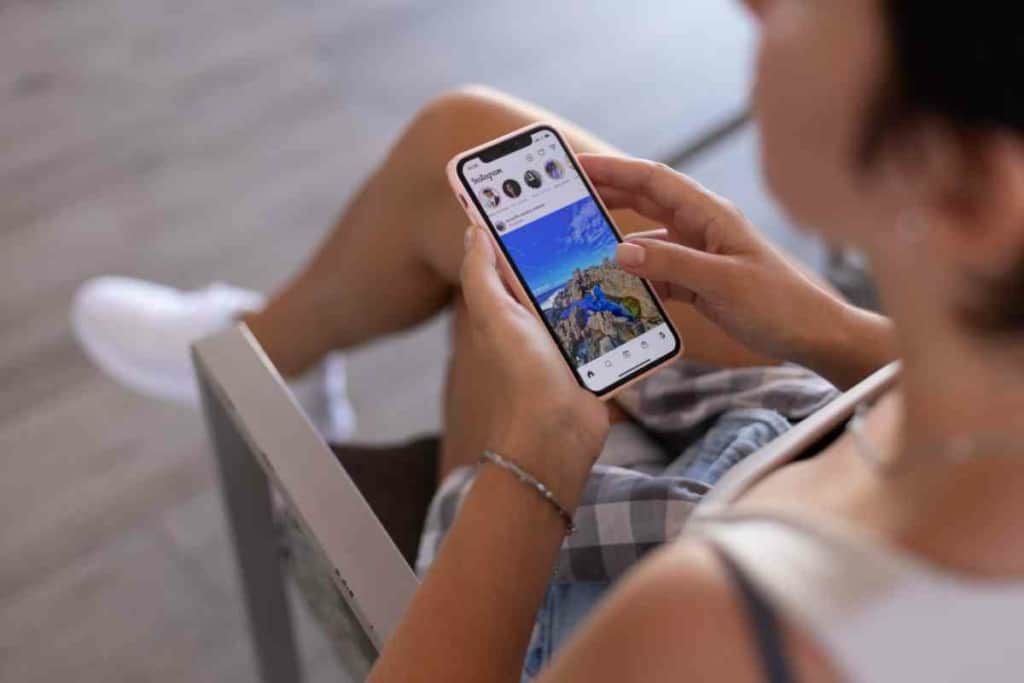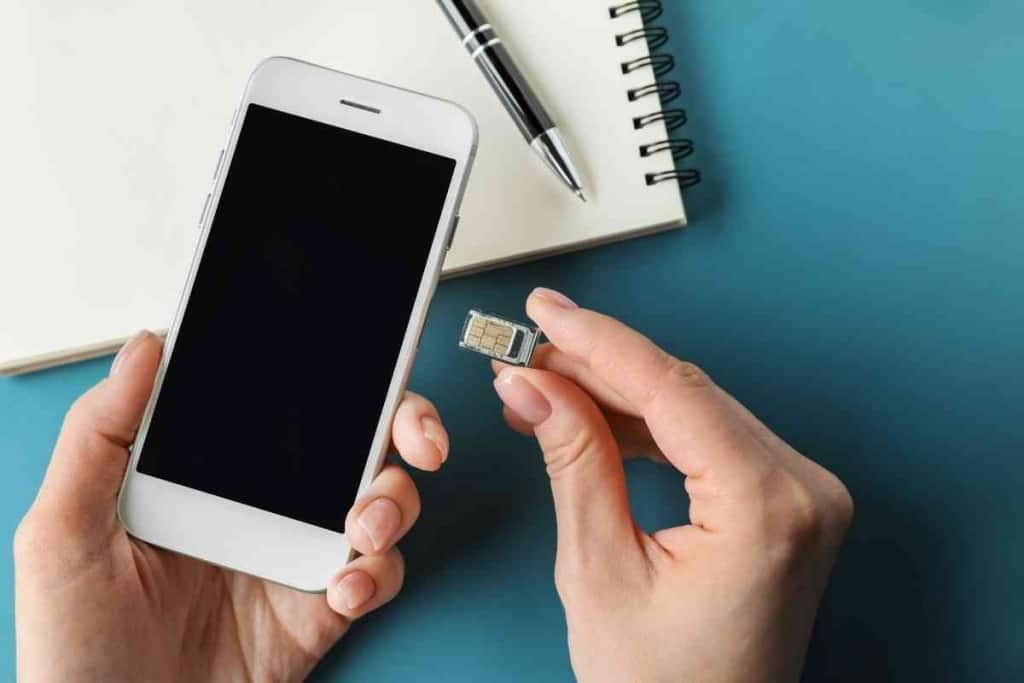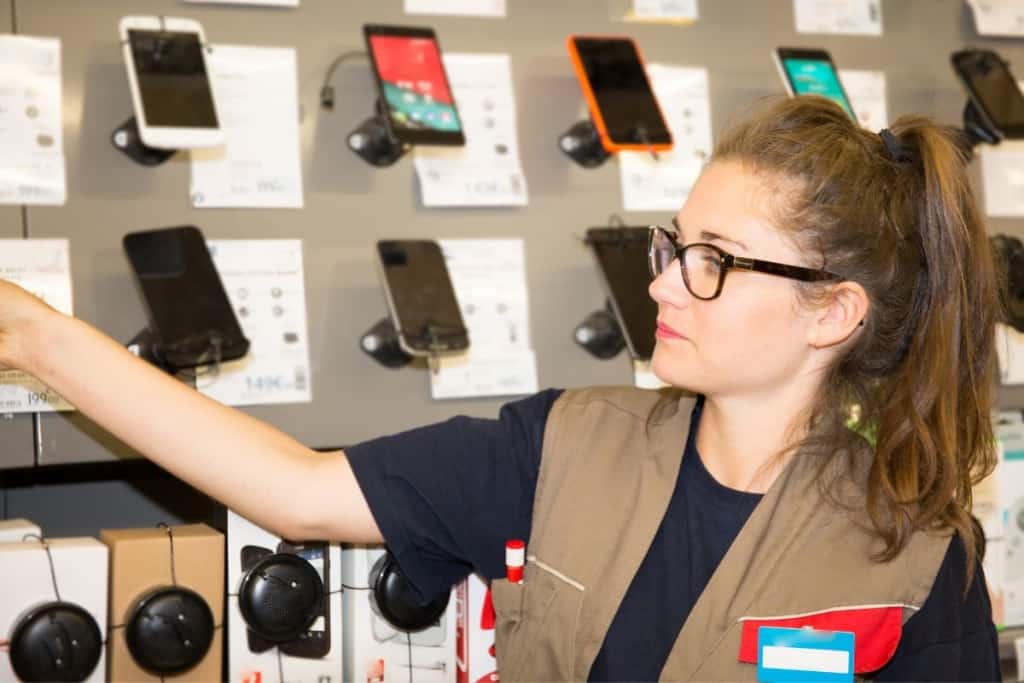How to (Easily) Switch Your SIM Card to a Different Phone
Most people change phones every few years, but keep the same phone number. Although this can initially sound like a hassle, it’s often not as complicated as you might think. SIM cards can be easily moved between phones in most cases, ensuring you keep the same phone number from one device to the next. So just how do you go about doing it?

Switching your SIM card to a different phone is often as easy as taking it out of the old one and putting it into the new one. You need to make sure the new phone is unlocked or locked to the SIM’s carrier, and you also need to make sure the SIM is the same size the phone requires.
Let’s take a closer look at switching your SIM card to a different phone as well as how to fix any issues you encounter when doing so.
Can You Switch Your SIM Card to a Different Phone?
For the most part, yes, you can switch your SIM card to a different phone. However, the success of this will depend on two things:
- Whether the phone is on the same carrier (or if it’s unlocked to any carrier)
- Whether your new phone uses the same size of SIM card as your old phone
If you transfer a SIM card into a new phone and it doesn’t quite fit, then it means it may be an older (or newer!) phone that takes a different size. SIM cards have evolved over the years, shrinking from the standard size, to micro, to nano.
iPhones have evolved particularly fast, and are the most likely to use nano SIMs — meaning you may face issues if your phone models are different.
In the case that your new phone is the same carrier and uses the same size SIM, you can just switch it over and should be good to go. But if it’s a different carrier, you’ll be unable to perform basic functions of the phone such as texts and calls. However, it will still function on WiFi.
How to Transfer a SIM Card to Different Phone
With care, the process of transferring a SIM card between phones is simple. Here’s how.
Step 1: Make Sure the SIM Card is Compatible
Start by ensuring that the carriers are compatible and the SIM sizes are the same. If they aren’t, you can cut your SIM card to be the same size, as the chips are the same and it should generally work.
Step 2: Clean the SIM Card
Gently wipe the SIM card before you place it into the new phone. A microfiber cloth works best for this. Never put liquid on the SIM or you could irreparably damage it.
Step 3: Locate the SIM Card Slot
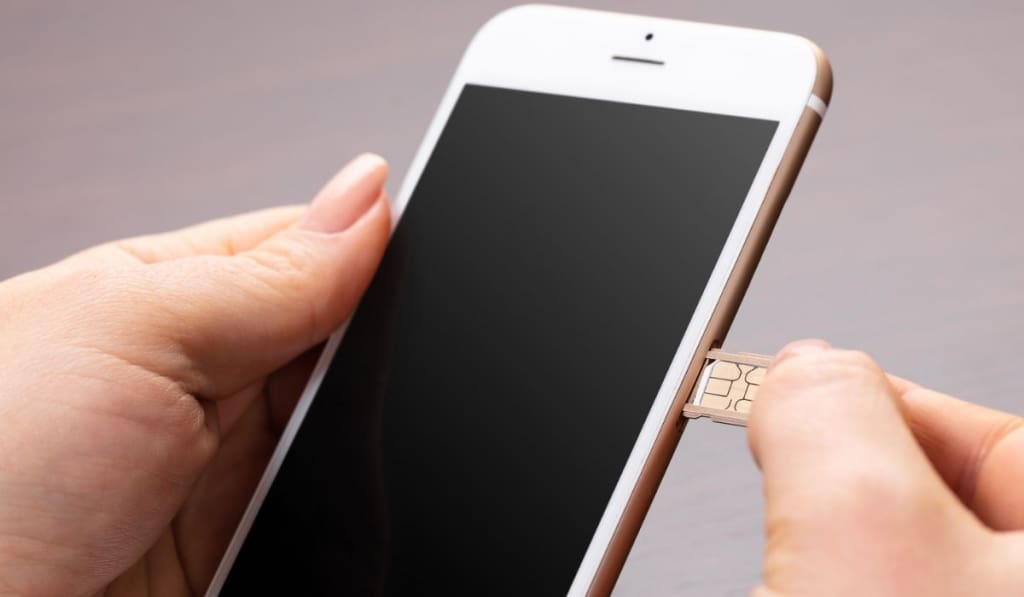
Next, you’ll have to locate the place for the SIM card on the new phone. On Android phones, it’s behind the battery. You’ll have to open the phone up and pop the battery out, sliding the SIM card out or in from behind it.
iPhones have a drawer located on the left side of the phone (though this may differ on older models). You’ll have to insert something very thin into the hole there and push gently for the drawer to pop out. Once you’ve done this, the SIM card should slide right one.
Step 4: Set Up Your New Phone
Now you can turn on and set up the phone. The new device should take you painlessly through the process, but you may have to contact your carrier if there are any issues.
Will My Contacts and Phone Number Remain the Same?
When transferring a SIM to a new phone, your phone number will remain the same. Contacts may be a different story.
Androids allow you to save your contacts to the SIM rather than the device. Once you’ve done this, you should be able to pop the SIM into the new phone and access all of your contacts immediately. iPhones, however, do not allow you to save contacts to a SIM card.
On an iPhone, you will have to sync your contacts to your iCloud account using the following steps:
- Launch the Settings app.
- Select your iCloud account.
- Make sure ‘Contacts’ is toggled ‘On.’
You can then sign into your iCloud account on your new phone and the contacts should automatically sync across.
If you’re moving from an Android to an iPhone or vice versa, you’ll have to move the contacts manually.
Potential Issues of Transferring a SIM Card
Although transferring a SIM card is often a smooth process, there are many things can go wrong with it.
The SIM Card Is Worn Out
As with everything, SIM cards have a lifespan. If you’ve had yours for a while or mishandle it during the transfer to a new phone, then you may discover that it doesn’t work in the new phone.
You can troubleshoot this by ensuring the SIM is the right size, inserted in the right place and the right side up, and that the phone is unlocked (or locked to the same carrier as the SIM).
If all of these things are verified and you’re still getting no cell signal, your SIM card may just be worn down. Fortunately, you can get a new SIM card for cheap or even free from carriers.
Call them up and explain the situation or head to a retail store and they can provide you with a new one. You then may have to let them know you received the SIM so they can activate it to your phone number.
The SIM Card Is Damaged
The SIM card may also be damaged. Check the surface for any scratches or tears, especially on the gold chip that the phone has to read. SIM cards are small and fragile, meaning dropping or scratching one is often game over for its functionality.
The New Phone Is Locked
There’s always a chance your new phone is locked. This is especially possible if you get it from a carrier, as carriers usually don’t allow their phones to be used with others. Locked phones are usually sold cheaper from major retailers like Amazon, so people often buy them for the more inexpensive price without actually looking.
In this case, you have two choices. You can return the phone and buy one that’s unlocked (or locked to the right carrier). You can also pay someone to unlock the phone.
Sometimes, carriers will unlock their own phones for a price (or at the end of a contract for free). There are also third-party technicians who are usually willing to do so for a price.
When choosing to take your phone somewhere to be unlocked, make sure you verify the reviews beforehand and leave the phone with someone you trust. The good news is that unlocking a phone usually doesn’t take very long.
The SIM Card Is Too Small
Sometimes you might find that the SIM card is too small for your new phone. Although SIM cards have gotten smaller over time, all latest iPhones use the nano SIM and recent Androids still favor the micro SIM. This means switching from iPhone to Android can often be problematic.
Fit issues can also occur if a new phone breaks and a user has to revert to an older phone.
Although you could always get a new SIM, there’s a more convenient option. You can buy a SIM adapter (available on Amazon) and insert your SIM card into it.
This makes a nano SIM the correct size to put into a micro SIM phone. There are also some available that can convert micro SIMs to the size of standard SIMs.
The SIM Card Is Too Big
Your SIM card may also be too big. This is a more common problem because modern phones use smaller SIMs and if you haven’t switched phone in a while, you may still have a standard (or a micro whereas the new phone takes a nano).
You have two options when this happens. You can either buy a new SIM card or cut your existing one down to size.
Choosing to cut the SIM down means that you should be extremely careful. Cutting through the chip will render your SIM inoperable and means you’ll have to do without a functional phone until you can get a new one. There are templates available online for cutting your SIM down to minimize potential mistakes.
The SIM Card Wasn’t Inserted Correctly
Sometimes, the simplest solution is the right one. If your phone isn’t picking up on your SIM or is telling you that it’s invalid, then you may just not have inserted it correctly.
Open up your Android phone or take the drawer back out of your iPhone and make sure the SIM is inserted the right way. If you’re not sure, try flipping it around and see if that fixes the issue.
You’ll notice if it’s fixed because you should see cell signal appear on your phone after a couple of seconds.
The SIM Card Wasn’t Activated
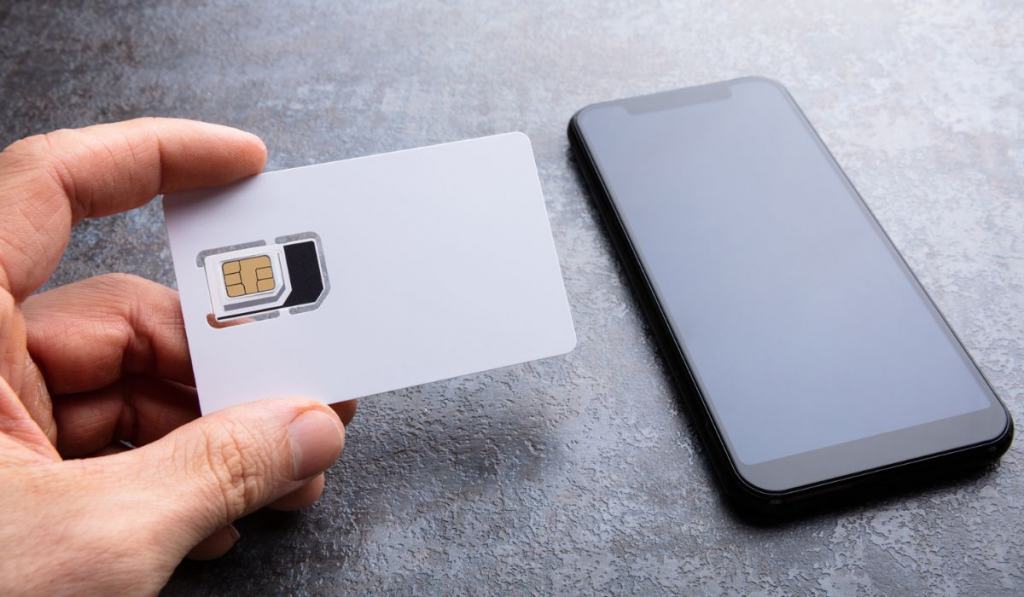
There’s always a chance the SIM card wasn’t activated to your phone number. Each SIM has a unique number that the carrier can use to identify it and assign it to a phone number.
When you get a new SIM, the carrier usually has to activate it so your phone number switches over. This can be done online or by calling them.
If you’re having trouble and you feel like you’ve tried everything, call your carrier and ask. You may just find there’s no work to be done on your end.
Overall, transferring a SIM to a new phone should be relatively easy. As long as the phone is able to take the same carrier as the old one and the SIM is the same size, it should work fine.
There are some potential obstacles to switching a SIM card over, but most of them are easy to troubleshoot and resolve.
Additional Resouces
If you found this article helpful, this is just one in a series of related articles. You should check out these articles while you are doing your research:

